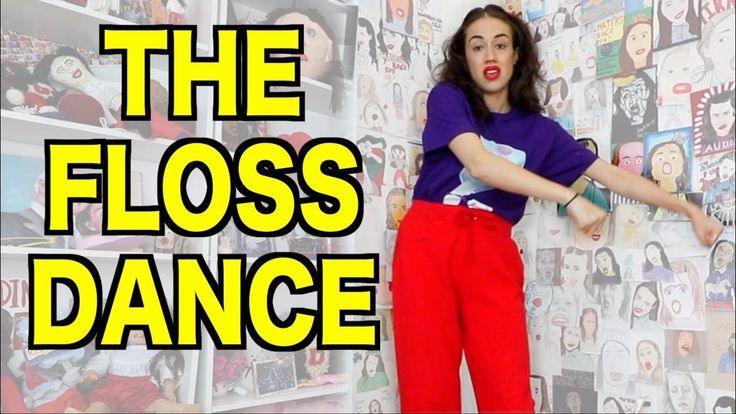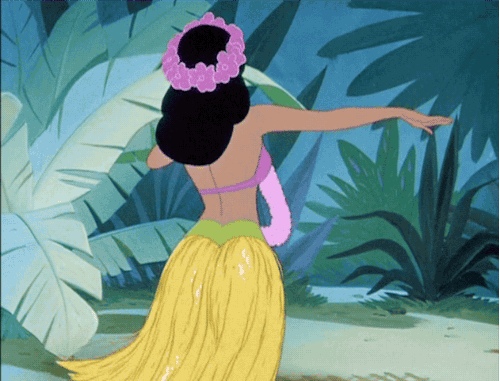How to put on a dance belt
The Complete Guide to Dance Belts
THE FUTURE - What’s ahead for this website?
DRESS CODE for men and boys: black tights, white T-shirt, white socks, white ballet shoes, dance belt.
The New Student Guide from most ballet schools reads something like that, introducing new male dancers to the great adventure. By the time a guy decides to actually start taking ballet class, he’s probably already made his peace with wearing tights. Socks, Shoes, T-shirt - no problem.
But…
What's a Dance Belt?
Dance belts are specialized athletic supporters designed specifically for dance. Tights create the quandary. The gods of ballet have decreed that male dancers wear them for class and performances, but somehow without little Johnny’s 'johnny' providing a graphic male anatomy lesson for the other students or audience. Also in ballet, mid-class ‘readjustments' are considered bad form. Solid genital protection and support is required. Yet, because tights are skin-tight and form-fitting, any conventional underwear, compression shorts, or jockstrap shows right through them. Dance belts avoid these lines by eliminating the jockstrap’s rear straps, replacing them with a single thong that goes between the buttocks.
Dance belts form a smooth idealized male bulge under tights with no visible lines, while keeping your testicles safely and securely held up and away from the danger of being bounced or bruised between your legs. Another benefit is a dance belt's ability to hide any visible evidence of a spontaneous erection, which could be quite embarrassing in class and even worse on stage. Although you’ve probably never worn anything else half as tight as a dance belt, a well fitting one can actually be quite comfortable once you get used to the unusual feel. Dancers like the security of knowing their genitals are firmly protected and out of danger, no matter how radical a move they throw.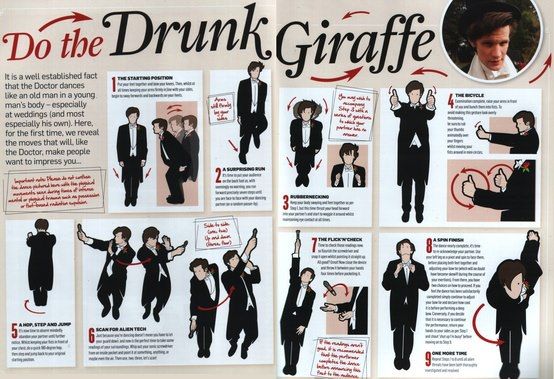 The secret is finding the right dance belt.
The secret is finding the right dance belt.
It’s only in the past few years that manufacturers realized that even pre-pubescent ballet boys needed dance belt protection and introduced youth models. Still, dance belts for young boys are hard to find (This site can help with that).
Male Physiology
The male genitals are the only major organ in the human body that is placed outside the protection of the skeletal structure. This evolutionary quirk must work or the species would have been a victim of evolutionary extinction eons ago. But modern life’s activities can place strains on the genitals that can be extremely painful or even threatening to your reproductive health. In other words, your body really isn’t designed for marathon running, being whacked by a lacrosse stick, or ballet 5th position. Urologists theorize that many male fertility problems stem from long forgotten minor incidents in the youth and teen years. Clanging, banging, and strains can be minimized by wearing the right support garment when participating in strenuous activities like sports and dance.
Dance Belt Design
Imagine the challenge faced by dance belt designers to come up with something that deals with these design parameters:
- Physiology – The male genitals must be kept out of harm’s way. A simple 5th position or scissoring batterie movements such as Entrechats can crush an errant testicle left dangling below the crotch line. The testicles must be solidly supported to avoid bouncing and clanging during leaps. The penis must be held in place. Tight fabric must not restrict nor inhibit movement of active muscles in the trunk and legs like the gluteus, hamstrings, abductors, etc.
- Comfort – Nothing as controlling and tight as a dance belt will ever be confused with a pair of silk boxers, but it must be comfortable enough to be worn for long hours of classes, rehearsals, and performance.
- Appearance - A dance belt should be as close to invisible as possible under tights. The male bulge - while inevitable - should be smoothed, compacted, and centered. And once it’s on and adjusted, nothing should move inside the dance belt, regardless of the stretching, leaping, and contortions the dancer engages in.
And once it’s on and adjusted, nothing should move inside the dance belt, regardless of the stretching, leaping, and contortions the dancer engages in.
Why a Thong?
Initially, what kind of dance belt you choose is up to you, but I am not a fan of the full bottom or "comfort" compromise models. The traditional thong style was invented and is the most popular for several reasons:
-They are closer to invisible under tights, don't show underwear lines, and package the male package best.
-They have the most solid genital support.
-They don't cover your buttocks, so the gluteus and hamstring muscles aren't restricted or inhibited from working to full length.
-It will always stay in place with a constant tension no matter how radically you move. You won't find yourself off in the corner making mid-class ‘readjustments' or trying to pull down a so-called full coverage seat that has migrated halfway up your butt.
The thought of wearing a thong is scarier than the reality, although they do take a bit of getting used to.
Sizing
Dance belts are measured by waist size. Although most local dance stores don't carry an extensive selection of men's dancewear, they usually have a small selection of men's tights and dance belts stashed away somewhere. You'll probably have to ask the clerk where they hide the men's gear. You can also shop online if you live in a town too small to have a dance store, but be prepared for sizing problems until you figure out exactly what each manufacturer means when they say ‘medium’*.
*Many dance clothing manufacturers have standardized their entire product line using female sizing which is generally one size smaller than men’s, so even though dance belts are strictly for male dancers, that's how they are sized.
Go up one size from your normal underwear size. If you normally wear an M, buy an L.
Color
The best color dance belt to buy is flesh colored. The same dance belt can then be worn under black practice tights and white performance tights.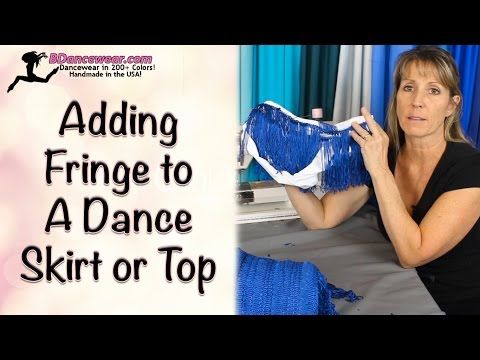 A flesh colored dance belt is more invisible under white tights than a white one, in the same way a white T-shirt under a white dress shirt creates a 'super white' look that's brighter than a single white layer. Recently, some dance belt makers have added darker colors for non-caucasian male dancers.
A flesh colored dance belt is more invisible under white tights than a white one, in the same way a white T-shirt under a white dress shirt creates a 'super white' look that's brighter than a single white layer. Recently, some dance belt makers have added darker colors for non-caucasian male dancers.
Comfort - how to wear a dance belt
When putting on a dance belt it's important to take the time to get all your male parts placed where you want them, as comfortably as possible, because once it's on, nothing is supposed to move until you take it off. Sometimes there will be minor internal slippage inside a dance belt as you wear it, but too much shifting indicates a bad fit. You may have to try different brands and sizes to find the one that works best for you.
To put it on, pull your dance belt up over your hipbones, to the height you normally wear your pants. Don't try to cheat by wearing it low, hoping to avoid thong tension. Your penis is supposed to end up facing upwards towards your belly button, so you can get that process started by letting the dance belt catch it as you pull it on.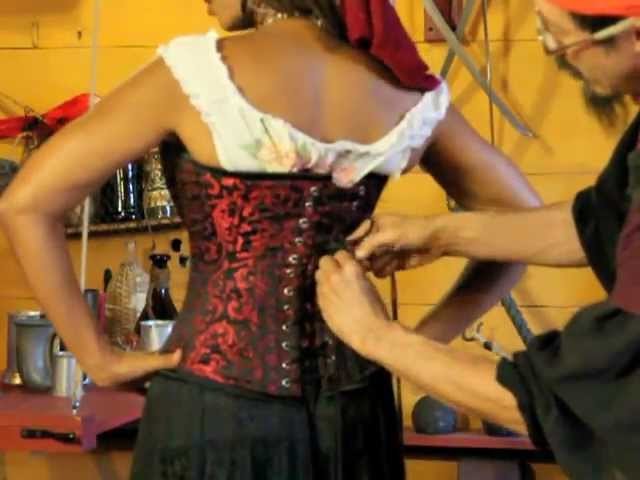
Next comes the fun part, sometimes known as the 'swoop and scoop’:
Reach inside the dance belt and pull your scrotum up inside the pouch. Your testicles need to be up and front, above the crotch line and well clear of their usual hanging position. Adjust your penis position to face straight up (‘North'). Then, make sure the pouch isn't riding too far up in front by pulling the pouch's bottom back down and back. The pouch bottom should meet the thong at the perineum (the very bottom of your crotch, also know as the 'taint', because it "t'ain't your balls and it t'ain't your ass"). Spread your butt cheeks to make sure the thong is firmly seated, then pull any looseness towards the rear waistband. Again, don't attempt to cheat by letting the thong float loosely. It's going to end up as far up your crack as possible halfway through class, so you should place it where you want it to go rather than leave its comfort to chance.
Highly recommended: Wear your new dance belt around the house to get used to it, rather than dealing with it for the first time in a dance class that restricts your opportunities to make adjustments.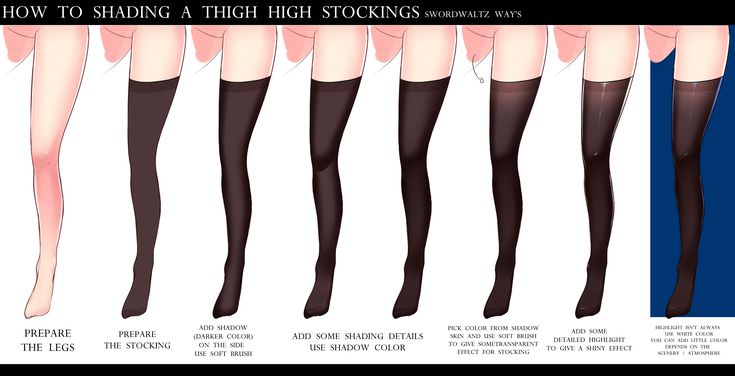 Be aware that sitting stretches the thong, making it tighter, so you might want to avoid sitting at the computer while breaking in your new dance belt.
Be aware that sitting stretches the thong, making it tighter, so you might want to avoid sitting at the computer while breaking in your new dance belt.
At first, you can expect some discomfort wearing a dance belt. However, a properly fitting one will soon stop bothering you and you will come to appreciate your ability to let loose, jumping and leaping around with wild abandon, knowing you won't feel a painful bounce when you land.
Doing the Laundry - caring for your dance clothes
Wear your dance belt only once before laundering!
They are gross after that and should probably be handled with tongs & rubber gloves.
Most dance belts, tights, and leotards have a high spandex content. Spandex loses its stretch and is destroyed by hot water. It can also be damaged by sweat and skin oils, so don't let dirty damp dance clothes fester for days in your dance bag.
Spandex is sometimes know by other names:
-Lycra if it comes from Dupont
-Milliskin if it’s a MStevens garment
-elastane in the U.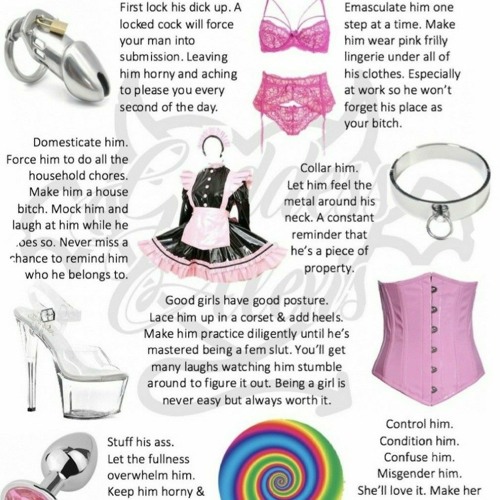 K.
K.
Cold water is the key to keeping your dancewear happy in the laundry.
It's OK to use the washing machine set to cold, on the 'delicate' cycle.
Hang everything to dry.
Never put dance clothes in the dryer.
If you live in a humid climate and it seems like your dancewear takes forever to dry, squeeze freshly washed clothes in a towel to remove excess water prior to hanging.
A Final Comment
Most vintage dance belts (prior to the 1980’s) were extremely uncomfortable, designed as some sort of penance for the few men bold enough to wear tights in those unenlightened days. Although new designs have made giant strides forward in dance belt comfort, it's still a tradition for male dancers to complain about them. But they wear them willingly, knowing dance belts are the best thing to keep their male parts safe & secure, and their line smooth. In the words of one adult student, "the only thing worse than wearing a dance belt is not wearing one.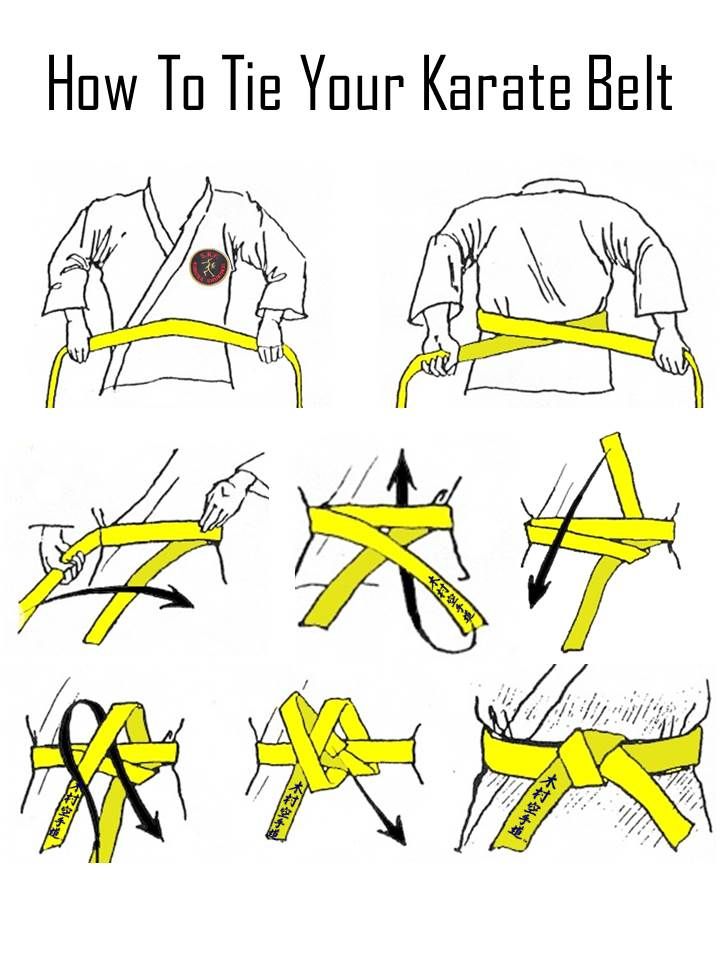 I can't imagine dancing without it."
I can't imagine dancing without it."
ABT dancer Sascha Rudetsky (quoted in Dance Magazine) said, "Some men rely on a lucky dance belt to cradle them in security and elevate their performance."
Many students attending performing arts high schools, college dance majors, and professional dancers wear a dance belt all day, every day.
Don't whine too much about having to wear one for a single class.
How to choose my dance belt?
Male classical ballet dancers wear a dance belt for support and protection of their genitals when dancing. In this article I will talk about the key features you want to pay attention to before buying your next dance belt.
In this article I will talk about the key features you want to pay attention to before buying your next dance belt.
Is it mandatory to wear a dance belt?
Male classical ballet dancers wear a dance belt for support and protection of their genitals when dancing. In this article I will talk about the key features you want to pay attention to before buying your next dance belt.
Wearing protective and supportive underwear is not a practice limited to classical ballet, martial artists, boxers, and many other male athletes wear similar support and protection underwear for their practice. Nothing new here.
You want to keep in mind that it serves not just as a protection from your partner during pas de deux, but also protection from yourself to be able to close into a tight 5th without worry. And this is probably why all male classical ballet dancers wear a dance belt and not all contemporary dancers. It is the demands of the ballet technique, rather than just the aesthetics of wearing tights, that makes it mandatory in ballet.
What are the different cuts and models?
There is a variety of models to cater for individual preferences and built.
Waist band thickness
As explained by Isaac P. Bowry, there are different waist band options for your dance belt, and you’ll choose depending on personal preferences and your costume.
For personal preferences, Isaac gives out his tip: if you usually wear your jeans high up, you’ll most likely like a large waist band, if you usually wear them low you’re more likely to prefer a thin waist band.
If your costume has a low waist: go for a thin waist band, high waist and you might need a thick waist band.
It’s always a good idea to have a couple of different models in your bag, and get used to different models and cuts so that you’re not uncomfortable on stage when you’re required to wear something different suddenly.
Back side cut
Every brand usually provides three basics cuts:
-
traditional thong cut, very thin backside cut that focusing on avoiding any visible panty line when you wear tights.
-
full seat cut, as some men don’t find a thong cut comfortable to wear, more and more brands are offering a full seat cut, similar to traditional underwear. Check out the seams and choose the size right to avoid any visible panty lines.
-
larger thong cut, some brands offer a product in-between. This is really a matter of personal preference here
Sizes
Most brands use a sizing chart based on daily life clothing: XS, S, M, L, XL. Pay attention to their instructions as some might run small or large compared to your jeans size.
Padding
Another aspect that you want to check is the padding. Some models are more or less padded. Again it’s a matter of preference and personal built. Less padding is less covering. More padding will help creating a smooth aspect but can be uncomfortable to wear (think wearing nappies).
More padding will help creating a smooth aspect but can be uncomfortable to wear (think wearing nappies).
So some brands are now playing around with their cuts and seams instead of adding padding to create a smooth aspect. That’s probably the kind of model you want to look for, knowing that it will be a little more expansive that a simple waist band – triangle cut.
Which color of dance belt to choose?
Rule of thumb: match your dance belt with your skin color. But as we all know, dance-wear brands are a little behind and the nude color usually means “caucasian skin”… And there are usually three to four colors available: white, black, ‘nude’, chocolate. But as the dance-wear brands are catching up and more colors are made available, always go towards the color closest to your skin color. This will help your dance belt blend is seamlessly – again: no visible panty lines is the goal.
Black color, like a black t-shirt or leotard, is the basic that goes with anything – expect white.
White color is usually chosen only to wear under white tights. Make sure you have one handy and pristine for those occasions.
Pricing: should I buy the most expansive dance belt?
According to Isaac P. Bowry, among the regular dance-wear brands there’s no quality difference between the cheaper and more expensive models. They won’t fall apart because it’s less expansive. According to his experience, the difference in price is driven by the work behind the cut. So a simple waist band – triangle cut is less expansive than a more elaborate model with various seams to create additional support and aesthetic. So that’s where your money goes and it’s a good thing to know what to prioritise.
Care and handling of my dance belt
Follow the washing instructions is the rule here. But most can be washed in the washing machine with the rest of your dance-wear. Pay attention to the kind of detergent and softener you use to avoid any irritation and unwanted chafing.
Are there any other questions about dance belts that you’d like us to cover? Please send us a message.
Women's bodysuits for dancing - features of models and selection rules
Passion for dancing is very useful. This is physical activity, and the acquisition of the ability to control your body, and a way to get rid of various psychological complexes. In addition, it is a kind of relaxation and a way to unwind. For some, dancing remains a favorite hobby, while others turn their passion into a profession and life's work . But in any case, the dancer must be well equipped. One of the most comfortable clothing options is the dance bodysuit. nine0005
Contents:
- 1 What is the model?
- 2 Features of dance costume
- 3 Varieties
- 4 Fabrics
- 5 How to choose?
What model?
The classic bodysuit can be a piece of underwear or a piece of clothing worn with a skirt or trousers. The bodysuit completely covers the entire torso and, as a rule, is tight-fitting. The fastener is located in the lower part in the crotch area of the panties. nine0005
nine0005
Unlike the classic version, dance bodysuits, most often, do not have fasteners, that is, they are very similar to closed swimsuits. Models are sewn exclusively from elastic materials, and the presence of a sufficiently large cutout or fastener on the chest or on the back makes it easy to put on this piece of clothing.
The bodysuit is the most comfortable top for a dance costume, as this piece of clothing hugs 's body tightly. And this means that he will never get out of the belt of a skirt or trousers, no matter what movements you make. This quality distinguishes bodysuits from ordinary tops and blouses. nine0005
Features of the dance costume
As a rule, the dance costume consists of two parts:
The main function of the dance costume is to provide the dancer with maximum comfort. Clothing should not interfere with any movement. In addition, she should not stray, bully or twist during the dance. It is for this reason that women's dance bodysuits are the best option for class clothes. nine0005
Clothing should not interfere with any movement. In addition, she should not stray, bully or twist during the dance. It is for this reason that women's dance bodysuits are the best option for class clothes. nine0005
Varieties
There are two types of dance bodysuits according to their purpose:
- Models for training . These are, as a rule, plain clothes that do not have additional trim. Many girls choose bodysuits in neutral colors for rehearsals, such as black or beige. Color models are less popular, but not excluded.
- Performance models . Costumes for performances are chosen depending on the nature of the dance, most often they are bright models, they are often decorated with rhinestones, sequins, and bright prints. nine0014
Training bodysuits are generally the same for any type of dance practice, since the main requirement for them is a high degree of comfort. But the models for performances may differ depending on the type of dance.
But the models for performances may differ depending on the type of dance.
For practicing modern types of choreographic art (tectonics, jumpstyle, shuffle, etc.), sports bodysuits for dancing are chosen. These are laconic models made of elastic materials.
For the classical program and Latin American dances, bodysuits are combined with skirts of various styles. Bodysuits for oriental dances deserve a separate discussion. Concert models tend to have rich decor. They are embroidered with beads, coins, sparkles. nine0005
Belly dance is very popular now. The classic version of the costume for this type of choreographic art consists of a bodice, usually richly decorated with sequins and rhinestones, a belt and a skirt (sometimes silk harem pants are used instead of a skirt) . But a more comfortable costume option includes a belly dance bodysuit. The difference between this version of the bodysuit is the presence of a cutout in front, since for the performance of this dance it is necessary that the tummy be open.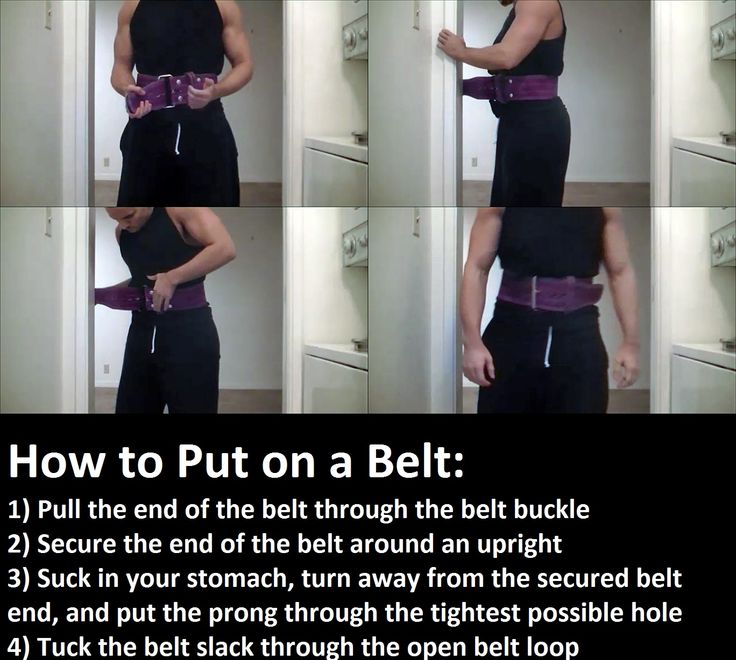 On the sides and back, the bodice and the lower part of the bodysuit are connected by a thin skin-colored lycra mesh, which is almost invisible on the body. A skirt is usually attached to the bodysuit. This version of the costume is called Turkish, it lacks such an element as a belt. nine0005
On the sides and back, the bodice and the lower part of the bodysuit are connected by a thin skin-colored lycra mesh, which is almost invisible on the body. A skirt is usually attached to the bodysuit. This version of the costume is called Turkish, it lacks such an element as a belt. nine0005
Dance bodysuits can have different tops. Models with straps are ideal for summer rehearsals. But no less popular are models with three-quarter sleeves or long, to the wrist.
Fabrics
When choosing clothes for dancing, you need to pay special attention to the composition of the fabric from which it is made. Clothing made from quality fabrics will achieve the best results, because it:
- does not interfere with movement; nine0014
- fits perfectly, fitting, but not squeezing the body;
- does not fall or roll;
- allows oxygen to pass through without creating a greenhouse effect for the body;
- removes moisture well, because dancing involves serious loads, which means that a person will inevitably sweat;
- dries quickly;
- is easy to care for, i.
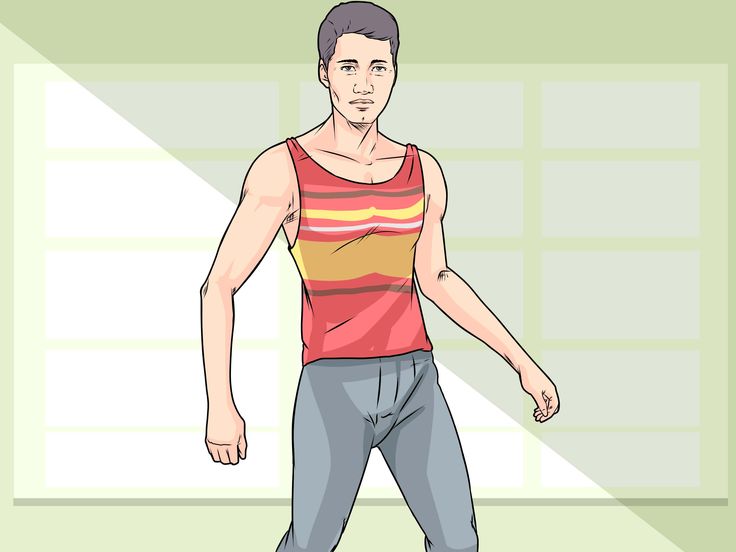 e. machine washable;
e. machine washable; - is harmless to the skin, does not cause allergies and irritation; nine0014
- does not fade in the sun, retaining its original color for a long time;
- does not stretch even with long wear.
What fabrics are good for dancing? Modern manufacturers, as a rule, use mixed fabrics with a high content of elastic fibers. You can use fully synthetic fabrics or material containing cotton.
Quality dance bodysuits are made from materials such as :
- Cotton with elastane . The fabric is based on natural fibers, it "breathes" perfectly and is hypoallergenic. However, cotton-based fabrics dry slowly, so by the end of the rehearsal, the bodysuit will most likely be wet with sweat.
- Lycra is a fabric with unique elasticity values. However, lycra is not a material, but only a fiber that is added to other raw materials in the manufacture of fabrics.
 The more lycra in the composition, the more elastic the fabric will turn out. For tailoring dance bodysuits, it is worth choosing fabrics that contain about 30% lycra. So, when lycra and cotton are mixed, fabrics produced under the names of footer and ribana are obtained. These are quite dense knitted fabrics, which are often used when sewing dance bodysuits. nine0014
The more lycra in the composition, the more elastic the fabric will turn out. For tailoring dance bodysuits, it is worth choosing fabrics that contain about 30% lycra. So, when lycra and cotton are mixed, fabrics produced under the names of footer and ribana are obtained. These are quite dense knitted fabrics, which are often used when sewing dance bodysuits. nine0014
- Polyester is one of the most popular synthetic fabrics and is also used for dance bodysuits. Polyester fiber is produced from refined petroleum products; in the manufacture of fabrics, other types of fibers, both natural and synthetic, are added to this fiber. So for sewing dance bodysuits, a fabric can be used, which includes polyester and elastane, such a knitted material is called the term "oil". Another version of the fabric suitable for tailoring dance costumes is micro-oil, which, in addition to polyester, includes viscose. nine0014
- Polyamide .
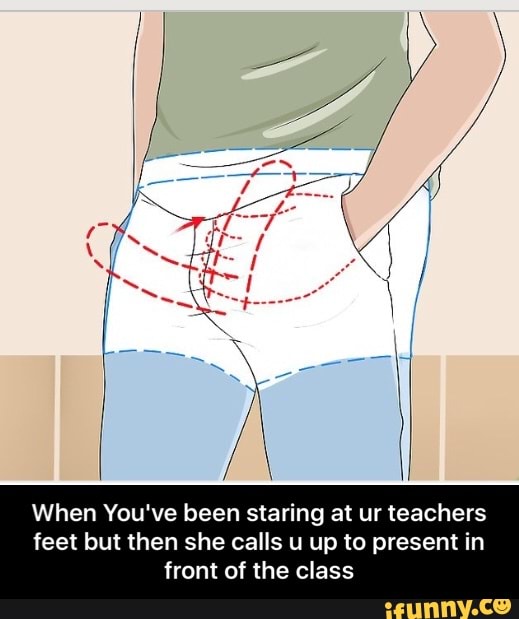 Another type of synthetic fibers that are used in the manufacture of fabrics for sports and dance costumes. Based on this fiber, materials such as nylon, nylon, knitted mesh are produced.
Another type of synthetic fibers that are used in the manufacture of fabrics for sports and dance costumes. Based on this fiber, materials such as nylon, nylon, knitted mesh are produced.
- Taktel . This is a unique fiber obtained from petroleum products. Based on it, various types of fabrics are produced with a matte, shiny and velvety structure. Such fabrics are often used for sewing concert dance costumes. Tactel fiber is also used as an additive to other fibers in the manufacture of blended fabrics. For sewing dance bodysuits, a fabric is often used, which includes tactile and lycra. This fabric is very elastic, so clothes made of it perfectly fit the body and retain their shape for a long time. nine0014
How to choose?
The dance body must fit perfectly. And this means that you need to buy clothes exactly in size. In no case, do not take the body "for growth", mothers often sin with this, believing that children grow very quickly. Of course, there is some truth in this, but it will be extremely inconvenient for a little dancer to rehearse dances in a bodysuit that does not match the size.
Of course, there is some truth in this, but it will be extremely inconvenient for a little dancer to rehearse dances in a bodysuit that does not match the size.
But when buying a uniform for rehearsals for themselves, girls who have recently started dancing often, on the contrary, try to take a model of a smaller size, believing that they will look more slender in it . This is a big mistake. A dance suit should be comfortable. If the bodysuit crashes into the body or rubs the skin, great success in the dance will not be achieved.
So don't buy a dance bodysuit without trying it on. After trying on the model, be sure to make a few simple movements. This will help ensure that the chosen suit fits perfectly. When purchasing bodysuits for rehearsals, give up models with decor - hard lace, metal decorative details, etc. These elements, of course, decorate the costume, but they can rub the skin during rehearsals, causing considerable discomfort. nine0005
How to dress for dancing / Argentine tango school El Gato Tango
Dance is a contact sport! Remove keys, etc.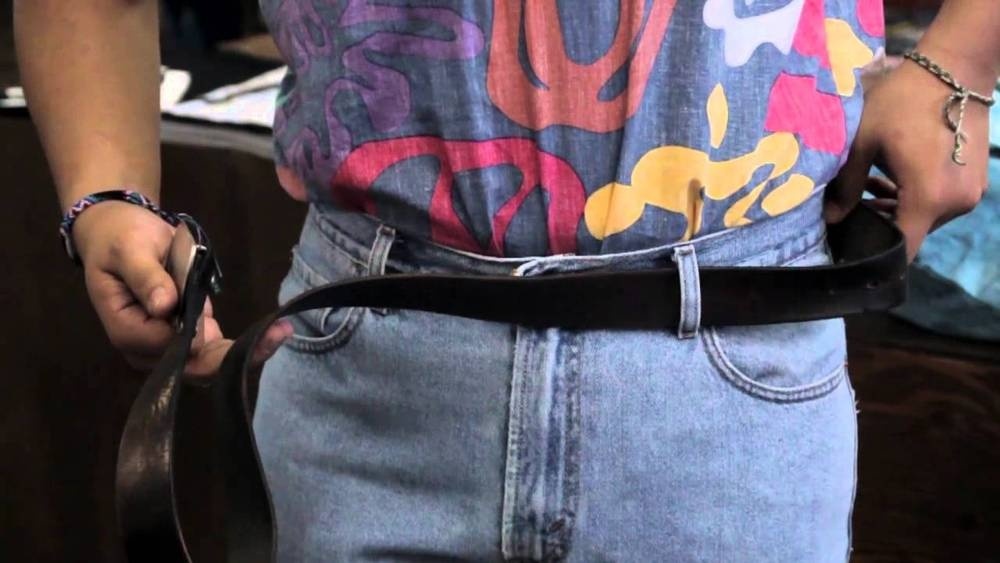 from the front pockets in front of exit to the dance floor. Then take off your watch, rings and bracelets! Watches and bracelets, especially on the right wrist, tend to scratch the partner's hand, arm, or neck. And no extravagant belt buckles! You can check what you want put on and determine if it is dangerous by rubbing your hand on this item. Decorations, Of course, you have to choose very carefully. Make sure you check the rings bracelets and belts for sharp edges or even small points that could get stuck in your partner's clothes or jewelry. Long necklaces can be dangerous, especially if you're spinning fast. Long chains with heavy brooches, dangerous when it spins. The same goes for long hair, especially horse tail. Sylvia has extremely long hair, and she braids and pins them up. With her spinning, her hair would be deadly! Lady avoid high hairstyles, and doubly so if they are varnished or sprayed. And don't forget check the nails and their defects that could damage the skin or clothing of the partner, if anything, take a nail file.
from the front pockets in front of exit to the dance floor. Then take off your watch, rings and bracelets! Watches and bracelets, especially on the right wrist, tend to scratch the partner's hand, arm, or neck. And no extravagant belt buckles! You can check what you want put on and determine if it is dangerous by rubbing your hand on this item. Decorations, Of course, you have to choose very carefully. Make sure you check the rings bracelets and belts for sharp edges or even small points that could get stuck in your partner's clothes or jewelry. Long necklaces can be dangerous, especially if you're spinning fast. Long chains with heavy brooches, dangerous when it spins. The same goes for long hair, especially horse tail. Sylvia has extremely long hair, and she braids and pins them up. With her spinning, her hair would be deadly! Lady avoid high hairstyles, and doubly so if they are varnished or sprayed. And don't forget check the nails and their defects that could damage the skin or clothing of the partner, if anything, take a nail file.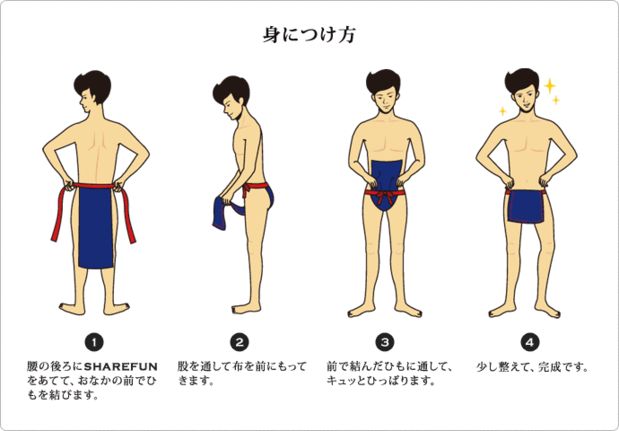 nine0005
nine0005
Regardless of gender, when choosing clothing for the upper body, it is important that it had high underarms and no baggy or loose sleeves, preventing partners from catching their hand back. This is an inconvenience because the partner will try to get around clothes instead of avoiding others dancers. A man will have to roll up the long sleeves of his shirt with cufflinks: buttons can get stuck in a woman's hair. Waist and bra should also not have excessive fabrics. No need to wear tight or tight underwear, just extra fabric can create problems and unwanted body contact. Fringes should also be avoided. where the partner's hands will be. Jewelery can sometimes get caught on lacing. nine0005
Long flying skirts often get in the way when spinning. Especially when they're tailored so that they fly out, above the middle of the thigh. The shorter the skirt, the higher the flight point. Long skirts give the appearance of a beautiful flowing fabric, but it is very important that the partner had enough space to put his knee between the legs of the partner - many skirts do not allow this.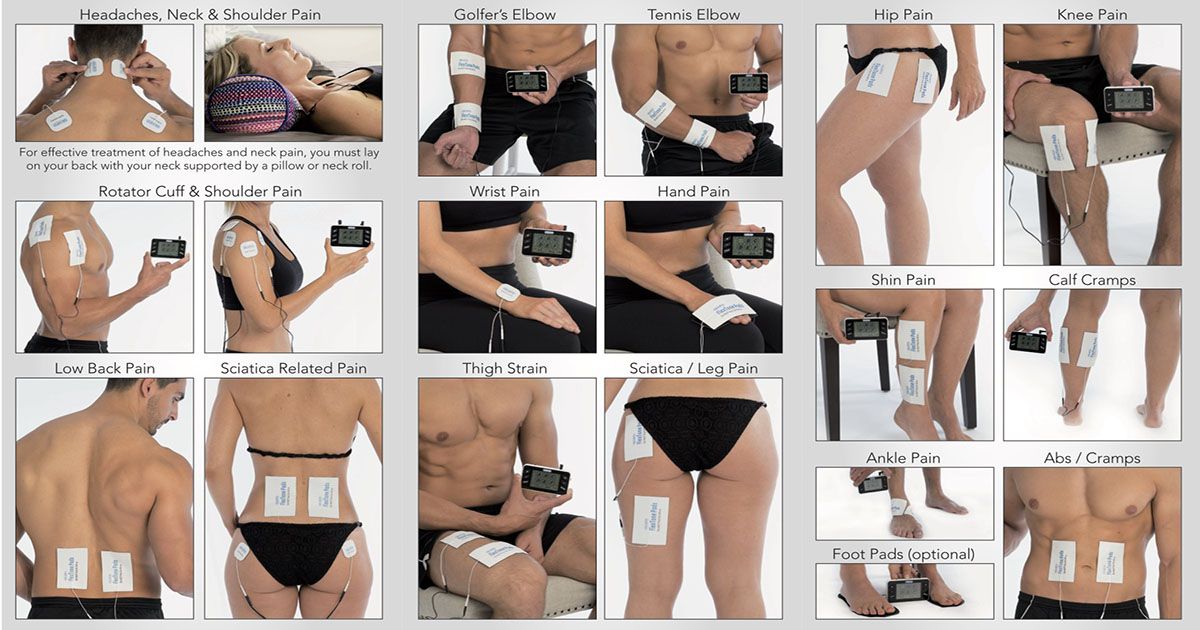 Men who must wear a jacket and tie on the way out: take off your jacket and tie when you dance!
Men who must wear a jacket and tie on the way out: take off your jacket and tie when you dance!
Be sure to wear an undershirt: drops of sweat are more visible on a regular shirt than on the multi-coloured rayon shirts that many of us wear in dance fashion. Avoid silk shirts without an undershirt. nine0005
TOP: Partners and partners must have quick and free access to the spins partners. Sleeveless t-shirts and tops are just fine. I am very uncomfortable lead a bare back, slippery with sweat. I much prefer fabric covering the shoulder blades and everything with which I will likely have hand contact. I also I prefer zippers to buttons and buttons: the places between the buttons often diverge, and you can get on slippery skin and get caught on the bra strap.
Outerwear hides where hands should not reach. And please if only you don’t have such small breasts that you don’t need a bra, wear him! nine0005
BOTTOM: I think women's pantsuits are not only attractive and flattering figure, but also especially suitable for swing dances.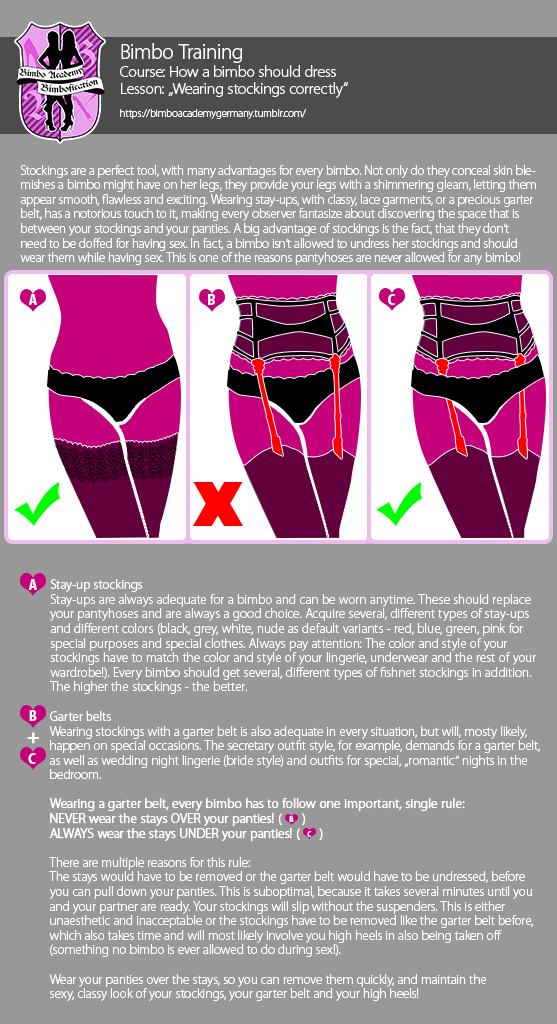 Trousers of any kind beautiful. For dance mechanics, pants have no negative qualities.
Trousers of any kind beautiful. For dance mechanics, pants have no negative qualities.
Long skirts are fine as long as they are loose enough at the knee level. Long skirts can be a nuisance if they are cut so that they fly high. After the trousers short skirts 10 cm above the knee are best. But not tight. Extremely short tight skirts - usually not a problem for dancing, but can be a headache pain for the owner. nine0005
JEWELERY: These in particular must be selected with the utmost care. Before putting on a bracelet, watch, brooch or ring, you need to run your hand over to ensure that there are no sharp edges that could cut or parts that can get stuck in clothing.
Brooches that are better not to be worn should be placed high on the chest, where contact with partner's clothing is the least likely. Necklaces must not be larger than a slit chest.
BELTS: Belt buckles covered with fabric belts are the best. Belts with many bells and whistles, especially from metal, are very dangerous.




